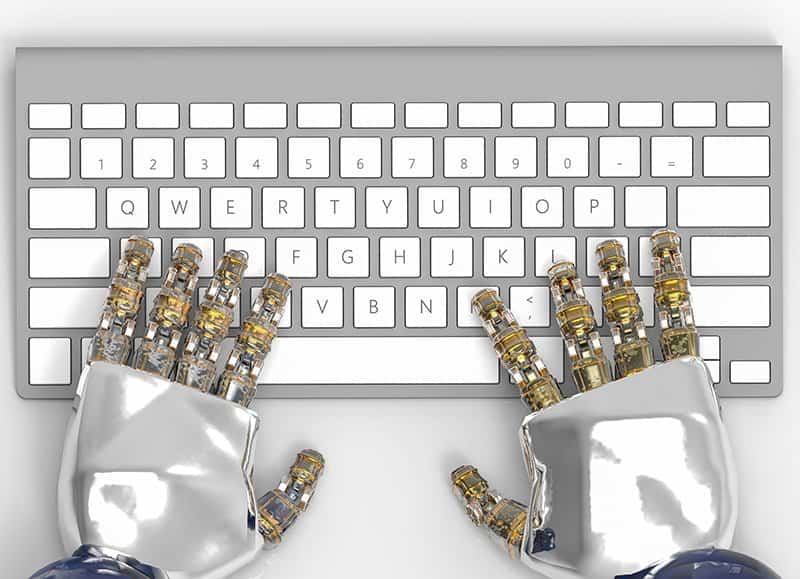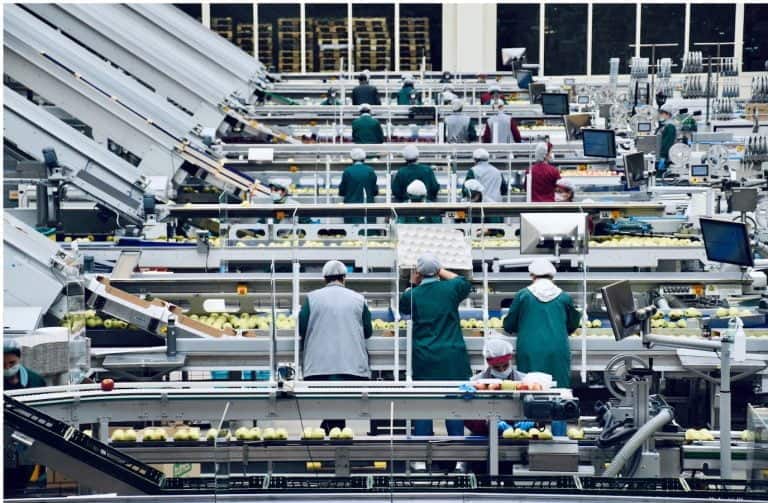In my career as an industry analyst, I would frequently field inquiries from large software vendors, service providers and enterprises asking questions such as, “are enterprises going to adopt the cloud?” and “should we support mobility?”. Unfortunately, these questions were often being asked too late, as many of these organizations were already being profoundly disrupted by competitors using these technologies.
Table of Contents
ToggleToday, the benefits of cloud and mobile technologies in the workplace are a no-brainer. According to IDC, “Cloud computing spending is growing at 4.5 times the rate of IT spending since 2009 and is expected to grow at better than 6 times the rate of IT spending from 2015 through 2020.” Likewise, IDC expects worldwide mobility spending will total $1.58 trillion in 2017, an increase of 4.3% over 2016.
As with emerging technologies of the past, AI is now stimulating debate within the IT industry. While many IT professionals are enthusiastic about using AI to improve their productivity and perception within the business, others lack trust with the technology and/or fear it will replace their jobs. Similarly, while many IT organizations have started realizing the benefits of AI, others are stuck on the sidelines.
Not only is it important for forward thinking IT leaders to understand the benefits of AI-Driven automation (which you can read about here), they must also identify and address factors that can accelerate or stall adoption within the IT department and lines of business.
Overcoming resistance
IT staff can be the most resistant to new workplace technologies. Their resistance is typically based on a fear of lacking the skills required to support the new technology or it dramatically/unsustainably increasing their workload.
IT staff may also be resistant to AI-driven automation based on their disillusionment with IT automation tools of the past, which have required them to manually design, build and maintain code and scripts. The best practice for overcoming this concern is allowing IT to gain familiarity, comfort and trust with using the AI solution. This can be accomplished by IT selecting a set of common issues and leveraging the AI system to provide guidance/knowledge in support of determining the associated response/action, recommending experts, and performing auto-assignment/ticket escalation, before deploying it across broader use cases.
One of, if not, the most common concerns that IT practitioners have with AI-driven automation is whether or not it will replace the need for human Service Desk agents. While some are quick to answer “yes” or “no” to this question, it’s not that cut and dry. The truth is IT staff who are incapable or unwilling to advance from manual repetitive tasks such as resetting passwords, unlocking accounts and escalating tickets will increasingly be outpriced and outperformed by AI systems.
However, most IT professionals don’t enjoy doing these types of mundane tasks and would prefer to work on more interesting and higher value initiatives. Thus, individuals who have a desire to use their uniquely human qualities such as empathy, reasoning and rapport building skills to empower the business are on the right side of change and stand to benefit the most from AI automation.






